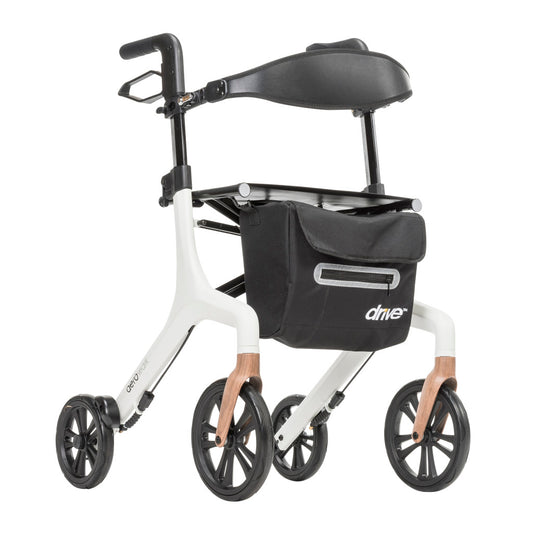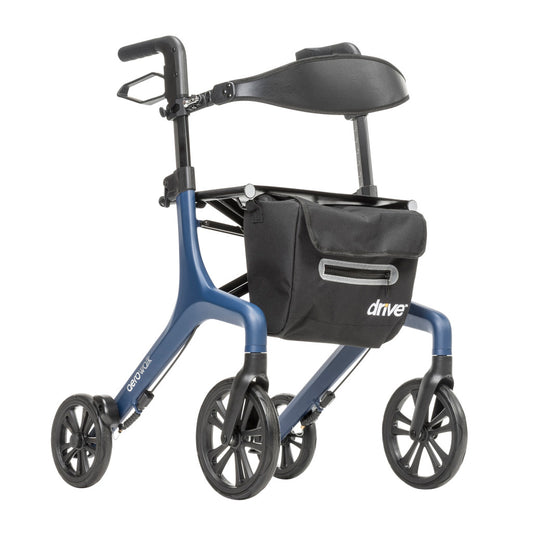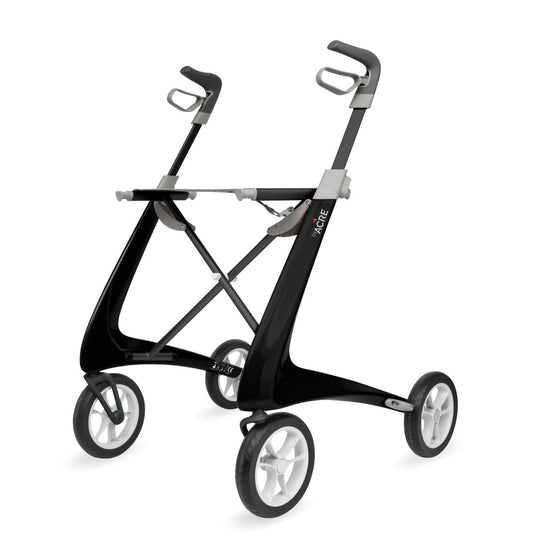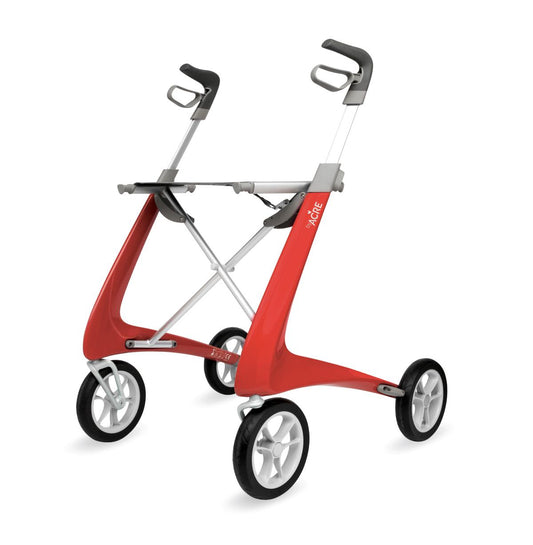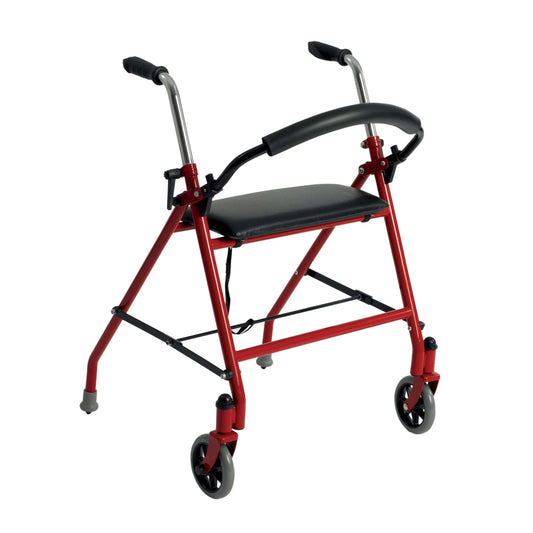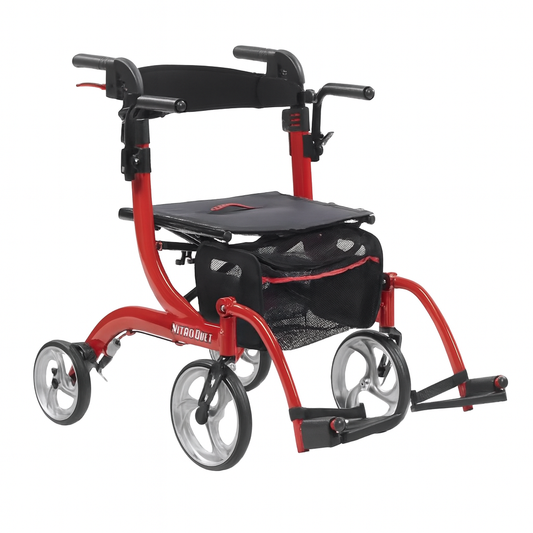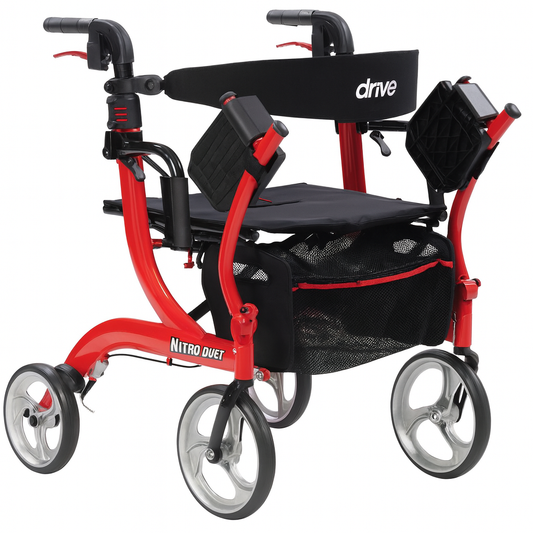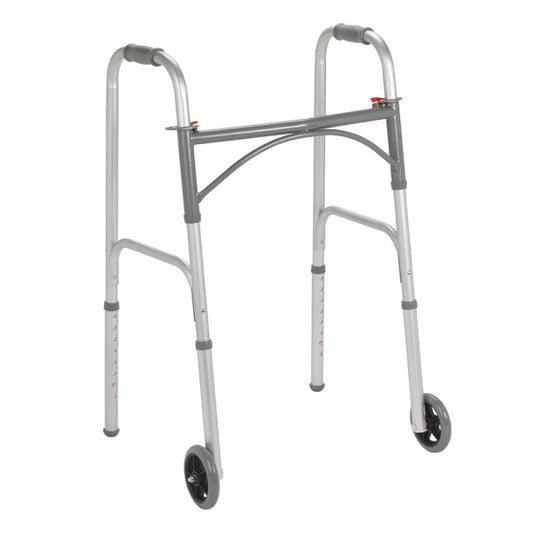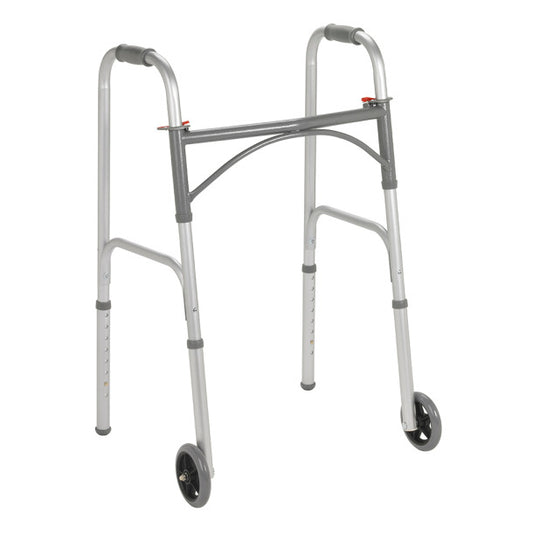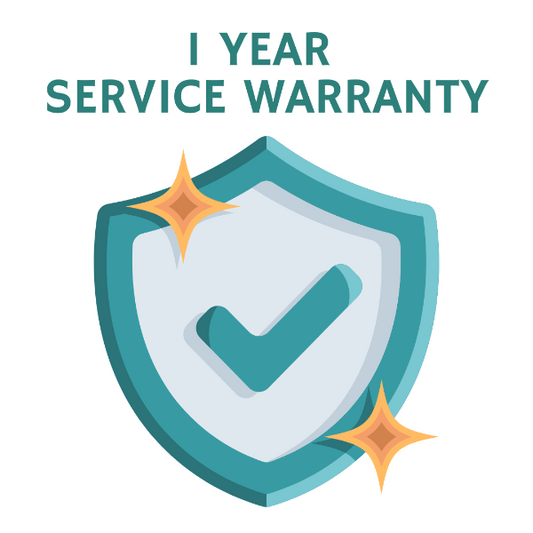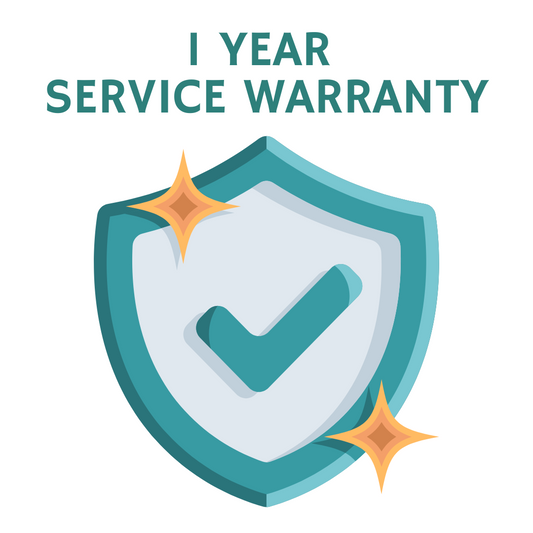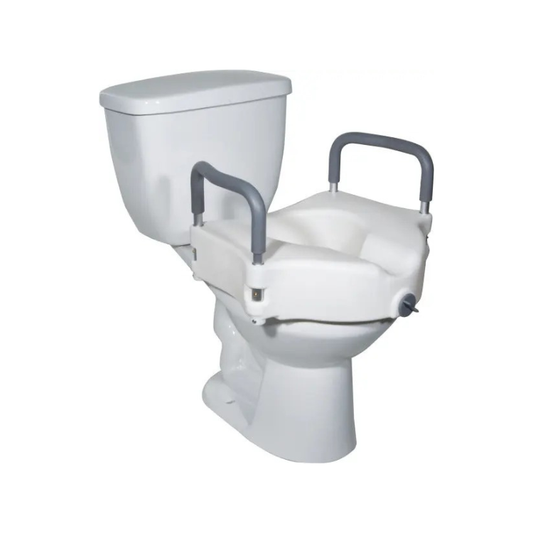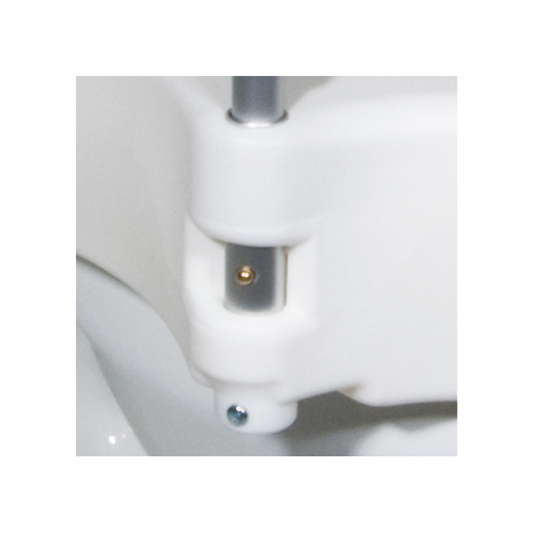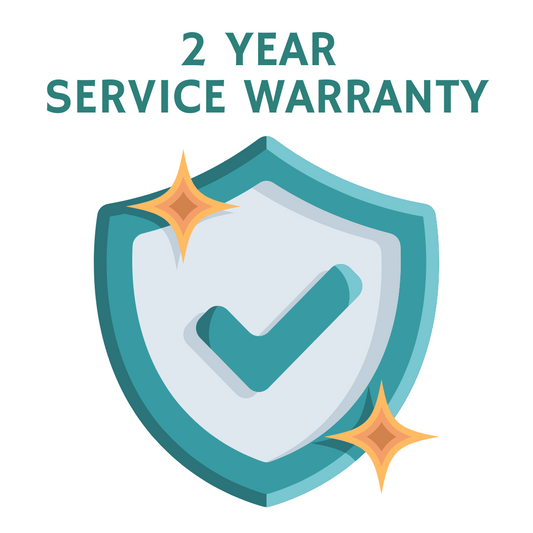Pink zebra rollator
Medline Superlight Rollator Specifications
Rollator Dimensions
Accommodates Users:
Handle Height:
Seat Dimensions:
Distance Between Handles:
Seat-to-Floor Height:
Unit Dimensions (Overall Width):
Product Weight:
Rollator Frame & Construction
Frame Material:
Foldability:
Color:
Rollator Mobility Features
Rear Wheels:
Brakes:
Storage:
Powder coating:
Ideal For
- Active seniors and adults who want to maintain mobility but need light support for balance and stability.
- Individuals of varying heights (4'11"–6'0") thanks to the adjustable arms and legs for a custom fit.
- People with limited strength or storage space, since the lightweight folding frame makes it easy to lift in and out of a car or tuck away at home.
- Users up to 250 lb. who want a reliable mobility aid that matches their needs.
- Those who walk indoors and outdoors, as the 6" wheels are large enough for smooth rolling on most household surfaces and sidewalks.
- Anyone needing occasional rest breaks
Why Buy from Dahl Medical Supply?
Rollator Comparisons
Dahl Medical FAQs
About Dahl Medical Supply
Why Should You Own a Rollator
A rollator is more than just a mobility aid — it’s a tool for independence, safety, and confidence. Unlike standard walkers, rollators feature wheels, brakes, and a seat, giving you freedom to move comfortably indoors or outdoors.
Benefits of Owning a Rollator:
-
Increased Independence – Walk longer distances on your own with the support of a stable, rolling frame.
-
Built-In Resting Seat – Sit and rest whenever needed, whether shopping, traveling, or enjoying time outdoors.
-
Enhanced Safety – Large wheels and easy-to-use brakes provide secure control on a variety of surfaces.
-
Convenient Storage – Many rollators include baskets or bags to carry personal items hands-free.
-
Improved Confidence – Stay active, social, and engaged in daily activities without worrying about fatigue.
Owning a rollator means having the freedom to stay mobile while knowing you have support whenever you need it.
Do's & Don'ts When Buying a Rollator
- Do consider your height and weight. Make sure the rollator you choose has an adjustable handle height and a weight capacity that meets your needs.
- Do look at wheel size. Larger wheels (8"–10") are better for outdoor use, while smaller wheels may be fine for indoors.
- Do check the seat. If you’ll need to rest often, look for a padded seat with back support.
- Do test the brakes. Reliable, easy-to-use brakes are essential for safety and stability.
- Do think about storage. Many rollators come with baskets or bags to carry personal items conveniently.
- Do measure your home and car. Ensure the rollator will fit through doorways, hallways, and into your trunk if you plan to travel with it.
- Don’t buy based on price alone. Cheaper isn’t always better—focus on durability, safety, and comfort.
- Don’t forget to consider folding. If you need portability, make sure your rollator folds easily for transport or storage.
- Don’t choose the wrong size. A rollator that’s too tall, too short, or too heavy can cause more discomfort than help.
- Don’t overlook terrain. If you plan to use it outdoors, avoid rollators with small wheels that won’t handle uneven ground well.
- Don’t skip professional advice. Talk to a mobility expert or healthcare provider to find the right model for your lifestyle.







